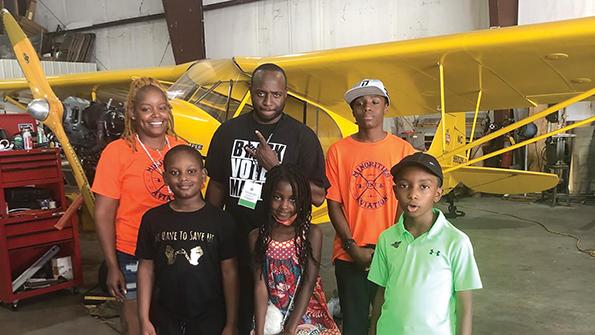
Do you feel like you’re on a treadmill that’s been moving too fast for about 18 months, yet you’re still behind? If so, you’re not alone. Airlines, aftermarket companies and suppliers have faced monumental stresses—financial, operational, governmental—along with relentless strains on the workforce, yet resiliency has powered us through, and sweat equity is paying off. (As my Orangetheory coaches say, “What doesn’t challenge you won’t change you.”)
Our industry is going to emerge from the pandemic stronger—and our treadmill pace looks like it is moderating.
As an example, AAR CEO John Holmes noted in a Sept. 23 earnings call that the MRO is seeing a “robust demand for our airframe MRO services. Notably, the significant majority of our MRO volume has been on standard maintenance work as opposed to catch-up work.”
Standard work (e.g., scheduled maintenance and not “catch-up”) means operators’ fleets are getting back into a regular rhythm, as opposed to churning through return-to-service maintenance after being parked or in irregular use (although that is ongoing, too).
While this is good news, our tough treadmill workout has taken a toll on people—and we need to step back and look at the big picture. I urge you to read Victoria Moores’ article on evaluating mental well-being in MRO. As she says, the maintenance and engineering world might view this as a “tree-hugging” exercise, but it affects colleagues’ overall well-being as well as the bottom line.
This long treadmill run has also led many people to reevaluate their jobs and careers, which is causing the “Great Resignation.” The Harvard Business Review study by Ian Cook examining the Great Resignation found that of the 4 million Americans who resigned from their jobs in July 2021, mid-career employees comprise the largest group. While the largest number of resignations are in health care and technology, how well is your workforce engaged?
One very engaged person in our industry is Geanovea West, an A&P mechanic who got her start as a Marine Corps helicopter electrician. She launched a nonprofit organization, Minorities in Aviation, to expose as many young people to aviation careers as possible. But it’s not just lack of exposure to aviation that’s the problem, West says: “I’ve seen kids who are performing poorly in school, but it’s not because they’re not intelligent—it’s because of the environmental stresses they have to deal with.” She adds: “There are so many factors that come into play that have contributed to the gap in the number of minorities in aviation, and I just want to address them, fix them and close the gap.” See AviationWeek.com/Diversity-Gap-Aviation-Tech.
The MRO industry fixes things, and this is definitely something to address.
I see tremendous innovation underway in our industry such as some of the new technologies emerging through startups and accelerators and hope we pick up the pace in making meaningful strides in diversity and inclusion, too.





